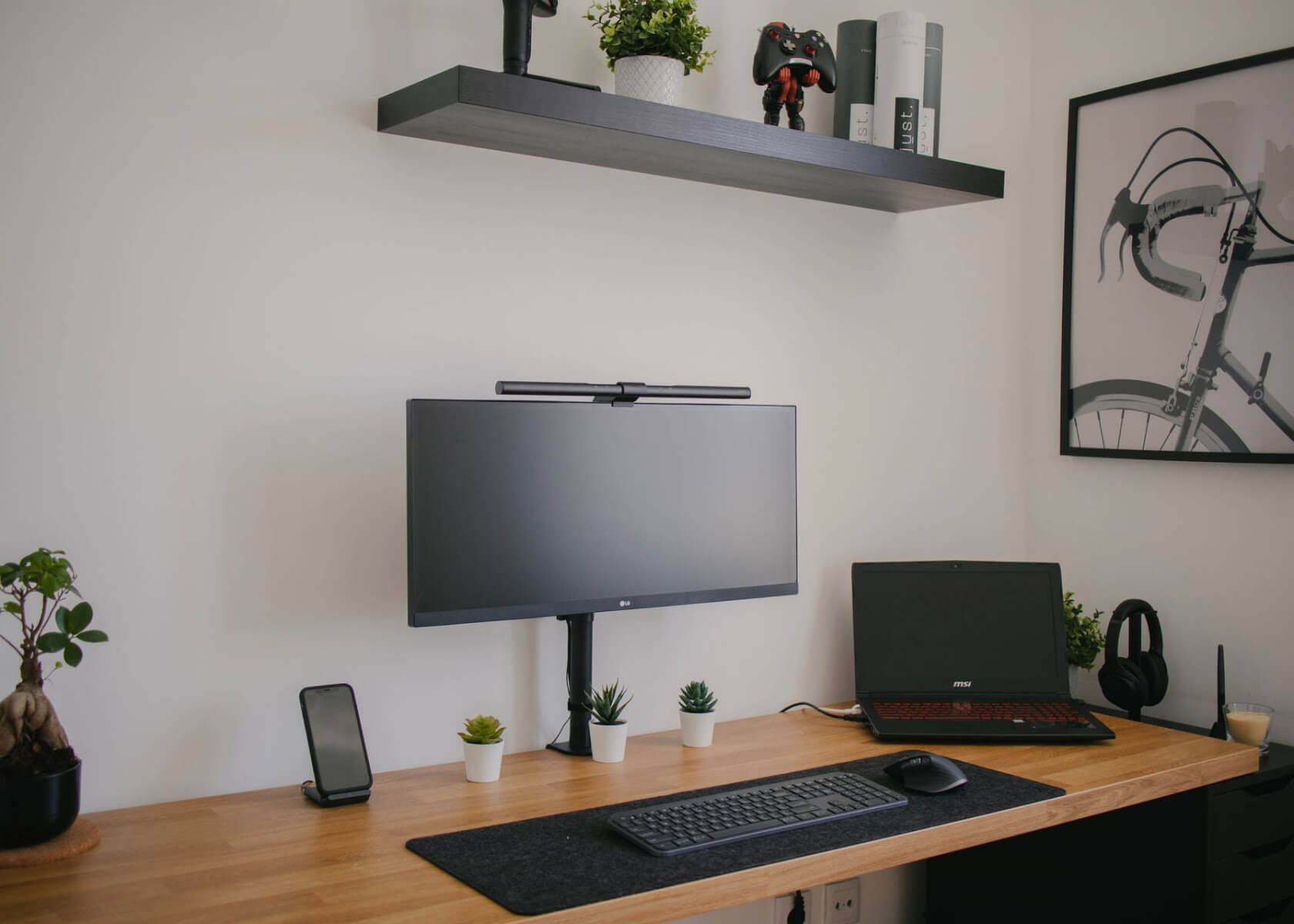The Ultimate Guide to Using a Notion TBR Template for Managing Your Reading List and Book Recommendations

New to Notion?
How to Use a Notion TBR Template for Managing Your Reading List, Book Recommendations, and Literary Interests
Managing your reading list and keeping track of book recommendations can be challenging without a proper system. Notion, a versatile productivity tool, offers a great solution by allowing you to create a comprehensive TBR (To Be Read) template. With a Notion TBR template, you can organize and prioritize your reading list, track your book recommendations, and explore your literary interests effectively. In this guide, we will walk you through the steps to create and utilize your Notion TBR template using current features and best practices.
Creating a TBR Template
Before you begin, ensure you have a Notion account and are using the latest desktop or web version of Notion.
- Creating a New Page:
Begin by creating a new page in your Notion Workspace. Click the "+" button in the sidebar and select "Page" to get started.
- Choosing a Template:
Once your new page is created, you'll be prompted to choose a template. In the search bar, type "TBR" or "Reading List" to explore templates provided by the Notion community. Choose a template that fits your needs and click "Use this template."
- Customizing the Template:
With your chosen TBR template as a foundation, tailor it to match your personal reading habits and interests. Consider these adjustments:
- Sections and Properties: Decide which details to track for each book—such as "Book Title," "Author," "Genre," "Publication Date," and "Rating." Add these properties using the available options (text, number, date, select, etc.).
- Views and Filters: Notion now supports multiple views including gallery, list, table, board, and calendar. Experiment with these to find what best fits your workflow. You can also set up filters to organize books by genre, publication year, or any other property.
- Adding Books:
Populate your TBR list by recording entries for each book. Fill in the details for every field and feel free to include additional notes, reviews, or personal comments. If you need to quickly manipulate text, remember you can use Ctrl + A to select all content within a section.
- Utilizing Enhanced Features:
Notion now offers several improved features to further refine your TBR template:
- Tables and Databases: Organize books by criteria such as genre, author, or publication year using database properties. This approach streamlines sorting and reviewing your collection.
- Linked Pages: Create linked pages within your template for more in-depth information about a book—extended reviews, summaries, or external recommendations.
- Tags: Use tags to further categorize entries—for example, "Must-Read," "Non-Fiction," or "Classics"—which makes filtering and retrieving information much simpler.
- Advanced Integrations: Take advantage of Notion’s integrations with popular apps like Goodreads, Zapier, and other reading community tools. These integrations can help automate the import of book details and recommendations.
Managing Your TBR Template
Now that your TBR template is set up, here are some tips for keeping it current and useful:
- Updating Your TBR List:
Regularly refresh your template as you discover new book recommendations or decide to start a new read. Continuously add entries, mark books as read, and adjust details as necessary.
- Setting Reading Goals:
Use your TBR template to set and track realistic reading goals. Create a dedicated section to monitor progress, specify a target number of books for a given timeframe, or highlight titles you want to prioritize.
- Exploring Recommendations:
If you have linked pages or additional notes within your TBR template, use them as a resource for exploring more book recommendations. These pages can include curated lists, summaries, or reviews that guide your next read.
- Sharing Recommendations:
Notion supports collaboration and sharing. Invite friends, book clubs, or online communities to view and contribute to your TBR template. This collaborative approach can provide fresh ideas and enrich your reading experience.
- Using Integrations:
Leverage Notion’s growing list of integrations with platforms such as Goodreads and Zapier. These integrations help to automatically update your TBR list with the latest book details and recommendations, reducing manual data entry.
Conclusion
A Notion TBR template is an efficient way to manage your reading list, track book recommendations, and deepen your literary interests. By customizing the template to your personal needs and leveraging Notion’s powerful features and integrations, you can stay organized, meet meaningful reading goals, and explore new books with ease. Whether you’re an avid reader or just beginning your literary journey, a Notion TBR template can be a valuable tool in enhancing your reading endeavors.
Happy reading!


